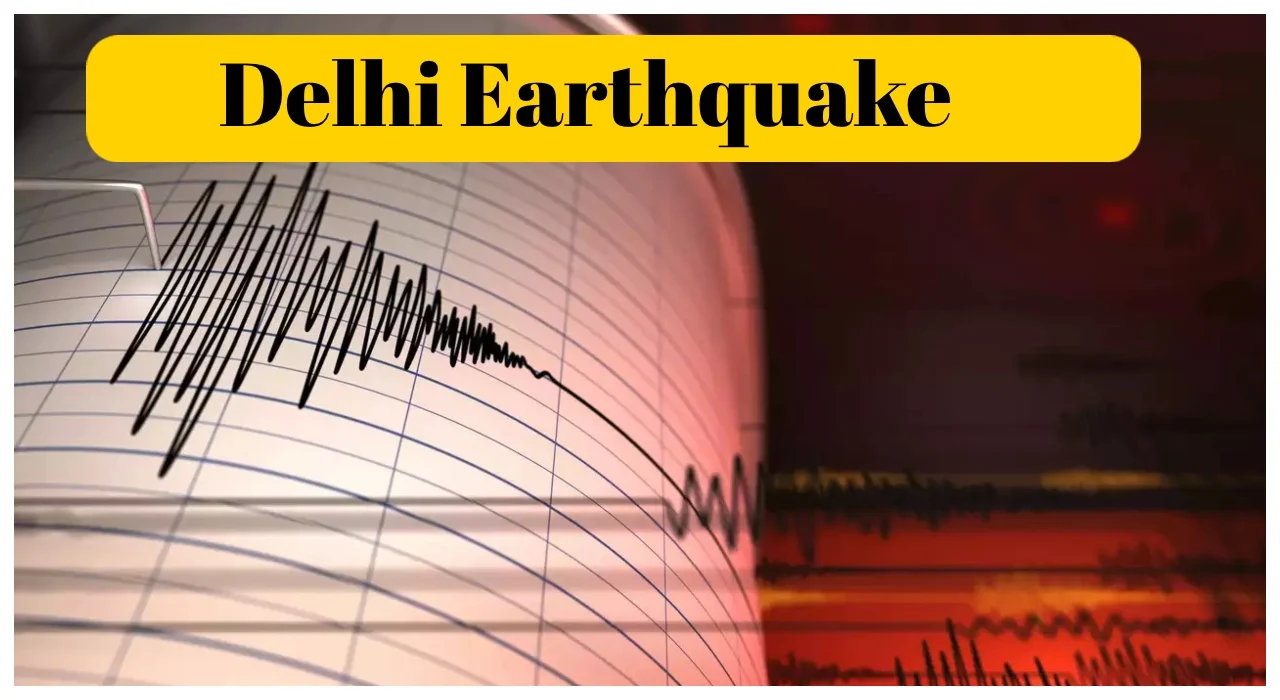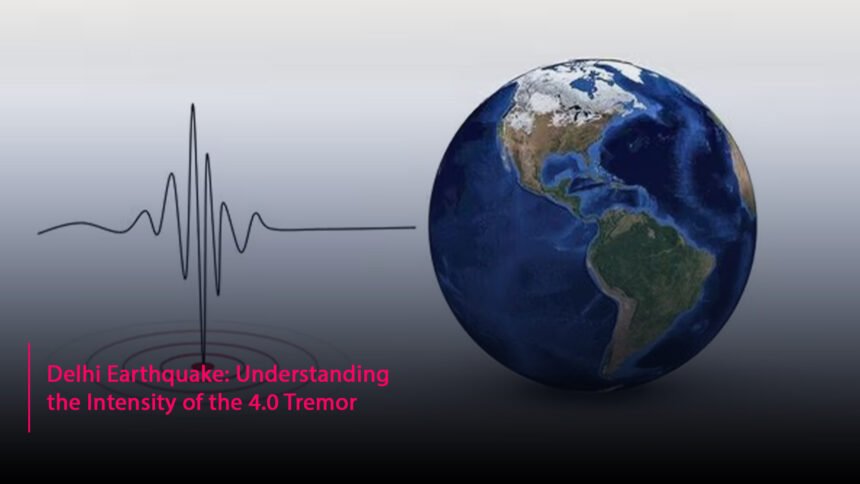A significant earthquake struck Delhi early this morning. The quake registered a magnitude of 4.0. The National Centre of Seismology reported It occurred at a depth of about 5 kilometers. Tremors were felt throughout northern India. Residents quickly evacuated their homes. Many expressed that they had never experienced such a strong quake before.
A magnitude 4.0 earthquake struck near Durgabai Deshmukh College of Special Education in Dhaula Kuan, Delhi. The earthquake’s epicenter was in this area. The event caused panic among residents. People in high-rise buildings in Delhi, Noida, and Ghaziabad left their homes.
Prime Minister Narendra Modi has encouraged residents to remain calm, follow safety guidelines, and stay alert for potential aftershocks. He also reassured the public that authorities are closely monitoring the situation. Many individuals reported feeling alarmed as they witnessed buildings shaking, with one passenger at a railway station likening the sensation to a train running underground.
Delhi is situated in Seismic Zone IV, which is known for its higher earthquake risk. The city has experienced multiple tremors in the past; in 2020 alone, there were at least three earthquakes exceeding a magnitude of 3.0, followed by numerous aftershocks. Due to its geographic location, Delhi is prone to such seismic activity. The city has recorded at least five earthquakes above 5.5 magnitude since 1720.

The Earth’s crust consists of large rock slabs called tectonic plates. These plates move slowly, causing deformations that can lead to earthquakes. In North India, the collision between the Indian tectonic plate and the Eurasian plate contributes to the frequency of seismic events.
According to the Delhi Disaster Management Authority (DDMA), seismic activity around Delhi is linked to a significant geological structure known as the Delhi-Hardwar Ridge, which extends beneath the alluvial plains of the Ganga basin towards the Himalayan mountains. However, NCS director OP Mishra reassured that Saturday’s earthquake was not caused by any plate collision and posed no immediate threat.
Safety concerns arise from Delhi’s classification as Seismic Zone IV. A SWOT analysis by the National Disaster Management Authority (NDMA) highlights risks due to a high number of buildings that are not earthquake-resilient, along with high population density and poorly planned structures.
The Vulnerability Atlas of India (1997) indicates that for shaking intensity VIII, there is a high risk of damage for 6.5% of houses and a moderate risk for over 85% in Delhi. The DDMA emphasizes that these estimates are based on simplified assumptions and that further research is necessary to assess different construction vulnerabilities.
The DDMA warns that an earthquake disaster could have significant economic and political consequences beyond just loss of life or injury. While it cannot rule out potential disasters, it believes that Delhi can withstand strong tremors due to its unique geological conditions.
Unfortunately, many buildings in Delhi may not comply with Indian standards for earthquake-resistant construction, making them vulnerable from a seismic safety perspective. This raises legitimate concerns about the potential for a major earthquake disaster in the city, which would have far-reaching implications given its political and commercial importance.
Also Read: Tremors Felt in Bihar After Earthquake in Delhi-NCR










